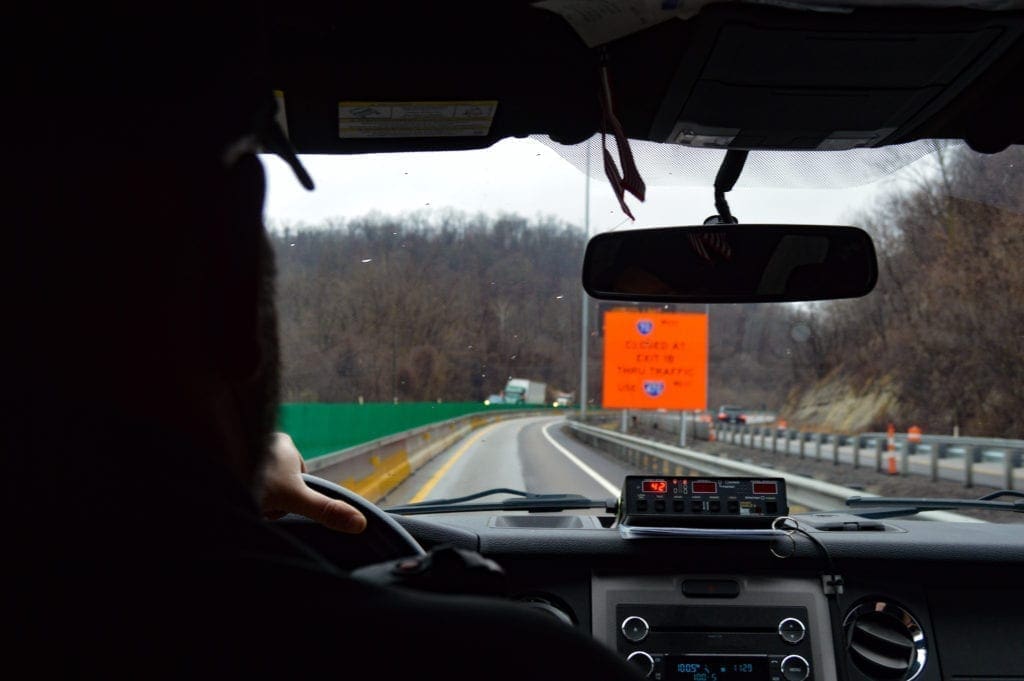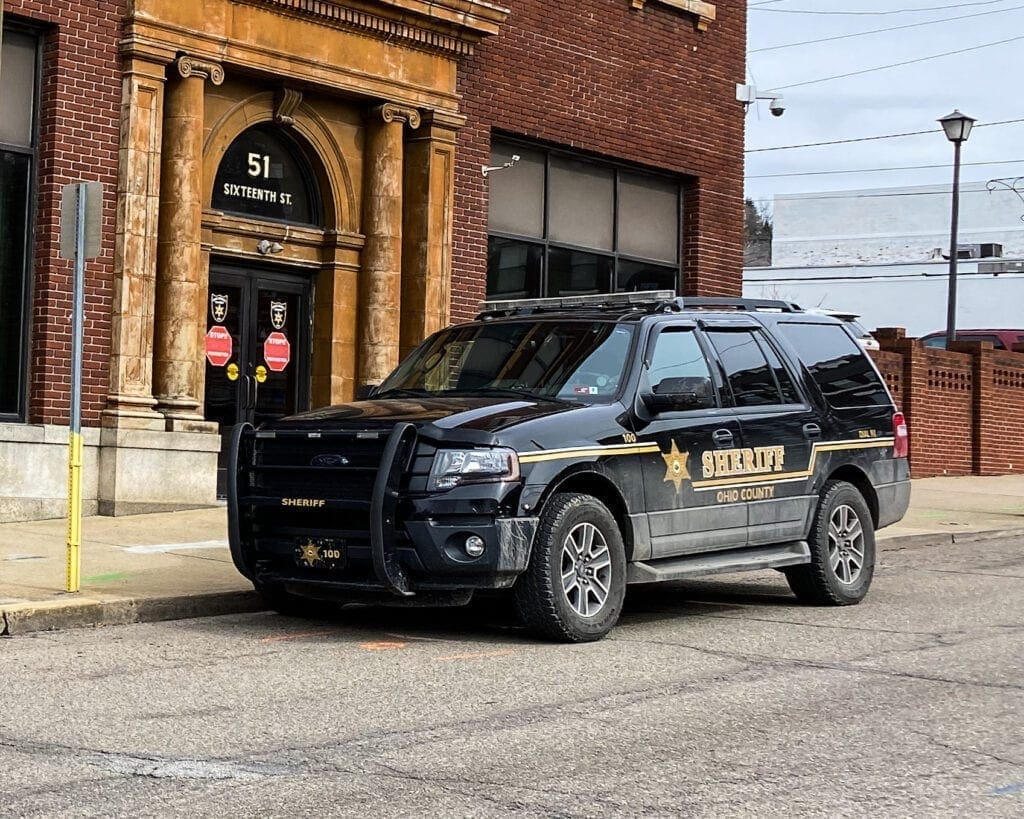The public never sees them, but the members of the Ohio Valley Drug Task Force are always watching.
OK, check that. Perhaps people do see them while those members are on the job, but there’s no way those people realize the job at hand.
“They are invisible, but not invisible, if that makes any sense,” explained Ohio County Sheriff Tom Howard. “But if someone is selling drugs, those investigators know about it because, trust me; they are a very, very busy unit, and their process begins when a deputy or a resident lets us know about what they consider suspicious activity.
“I don’t think people realize how many cases the task force has and the amount of time that is consumed while working those cases,” he said. “I really don’t think the members of the task force get enough credit for all of the work they do. It’s about building a solid case against those drug dealers so we can get them out of our community.”

The Ohio Valley Drug Task Force comprises agents from the Ohio County Sheriff’s Office, the Wheeling Police Department, the W.Va. State Police, and the federal Drug Enforcement Administration, Bureau of Alcohol, Tobacco, and Firearms, and the Federal Bureau of Investigations.
“It’s a full government agency, and when a case goes to the federal level, the local guys are deputized as federal agents, too,” Howard said. “When a case is an interstate case, which means it involves a dealing while crossing state lines, those guys can go to other states if the case determines they need to. That’s why it is referred to as a multi-jurisdictional task force.
“Plus, the benefits from federal funding are big because this area has been designated as a high intensity drug trafficking area,” he said. “There is a lot of funding that is earmarked for certain things, and there are a lot of resources that comes with it, too. The task force has to constantly upgrade their equipment because the drug dealers are always looking for an edge over law enforcement. It’s the game they play.”

It’s a Drug House!
The constant traffic. The quick “visits.”
Those are two of the “signs” that nefarious activity may be taking place within a nearby residence, and, for many residents in the Upper Ohio Valley, those indicators are enough to call 9-1-1 to report something “suspicious.”
“And they should call if that’s the case,” Ohio County’s sheriff said. “In a lot of cases, the public is the key.”
Many of those residents, however, often express on social media their frustrations with law enforcement because the suspicious activity continues even though they have informed the Wheeling Police Department or the sheriff’s office.
“It is a huge process and it does take some time,” Howard said. “Almost 20 years ago, there was a case that involved a bar in Elm Grove called Stormin’ Norman’s. Everyone knows about that case, but what they likely don’t realize is that it took seven years to get the evidence that was needed for the convictions.
“When the investigators are going after the big dealers, they have to find informants who will work with them because they were arrested and they are trying to scale down their sentences,” he explained. “Law enforcement doesn’t just kick doors down like you see on the television because that is against a person’s rights. The officers have to do everything properly because if they don’t, it’s going to get thrown out of court.”

The Alert System
At 12:11 p.m. today, the Wheeling-Ohio County Emergency Management Agency distributed a text message that read: “Multiple overdoses have occurred in Wheeling. At Risk Individuals: be able to access you Narcan or Naloxone. Report overdoses to 911. Helpline 1-844-HELP4WV.”
It was the 13th text message sent in 2021, but the first since April 28th.
“Those messages are only sent when first responders have reported several overdoses in a very short amount of time,” Howard said. “But our deputies respond to overdoses almost every day because of everything that is trafficked in this area. The amount of drugs that comes through this county along I-70 is a huge amount, so our deputies really never know what they might find when they make their traffic stops. The same is true for the State Police because they make a lot of stops, too. So, that’s how a lot of the cases get started, and then they are handed over to the drug task force.
“If one our deputies makes a stop and the driver is found to be in possession of a narcotic, they might want to cooperate and work with the task force so the individual can have a chance to stay out of jail,” he continued. “That doesn’t always happen, but when it does, the cases are normally very solid.”
These days, according to Howard, most of the illegal narcotics that flow into Ohio County are delivered from cities like Cleveland, Columbus, and Pittsburgh, and that includes opiates, heroin, fentanyl, methamphetamine, powder cocaine, and crack cocaine.
“It’s all here just like those drugs are everywhere now, but if we did not have this drug task force, the amount of drug trafficking activity in this area would be exponentially worse than it already is. That task force is that much a deterrent. Without them, it would be bad … real bad,” the sheriff reported. “It would be much worse than what it is today.
“The people on the task force don’t work like a lot of people do. They are not just five days a week and then two days off. That’s not how it works,” he explained. “Our deputy on the task force offers us constant updates, and he’s very intelligent, and he works his rear off. He is part of a great team who keep a lot of people safe by keeping a lot of drugs off our streets.”


